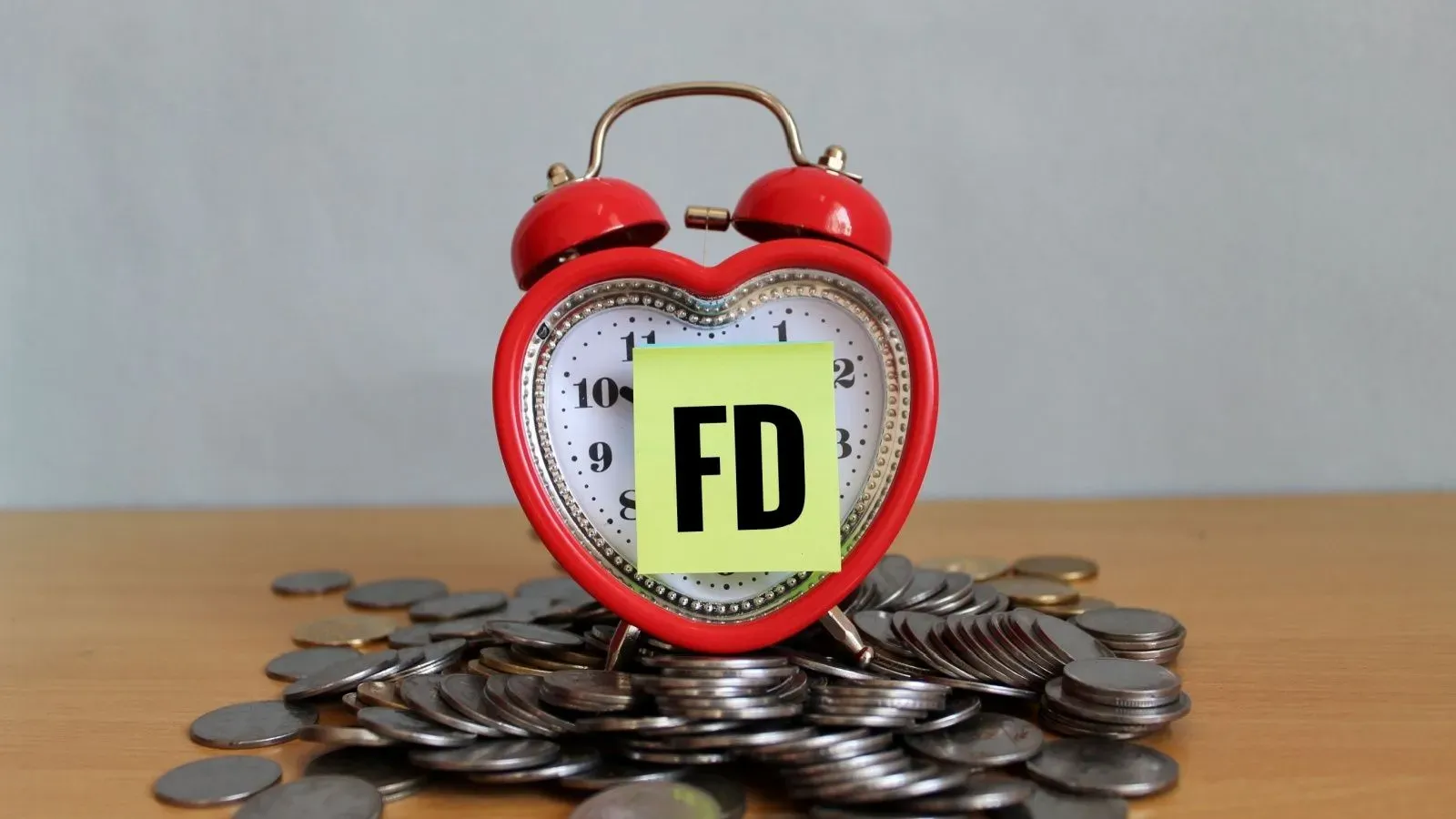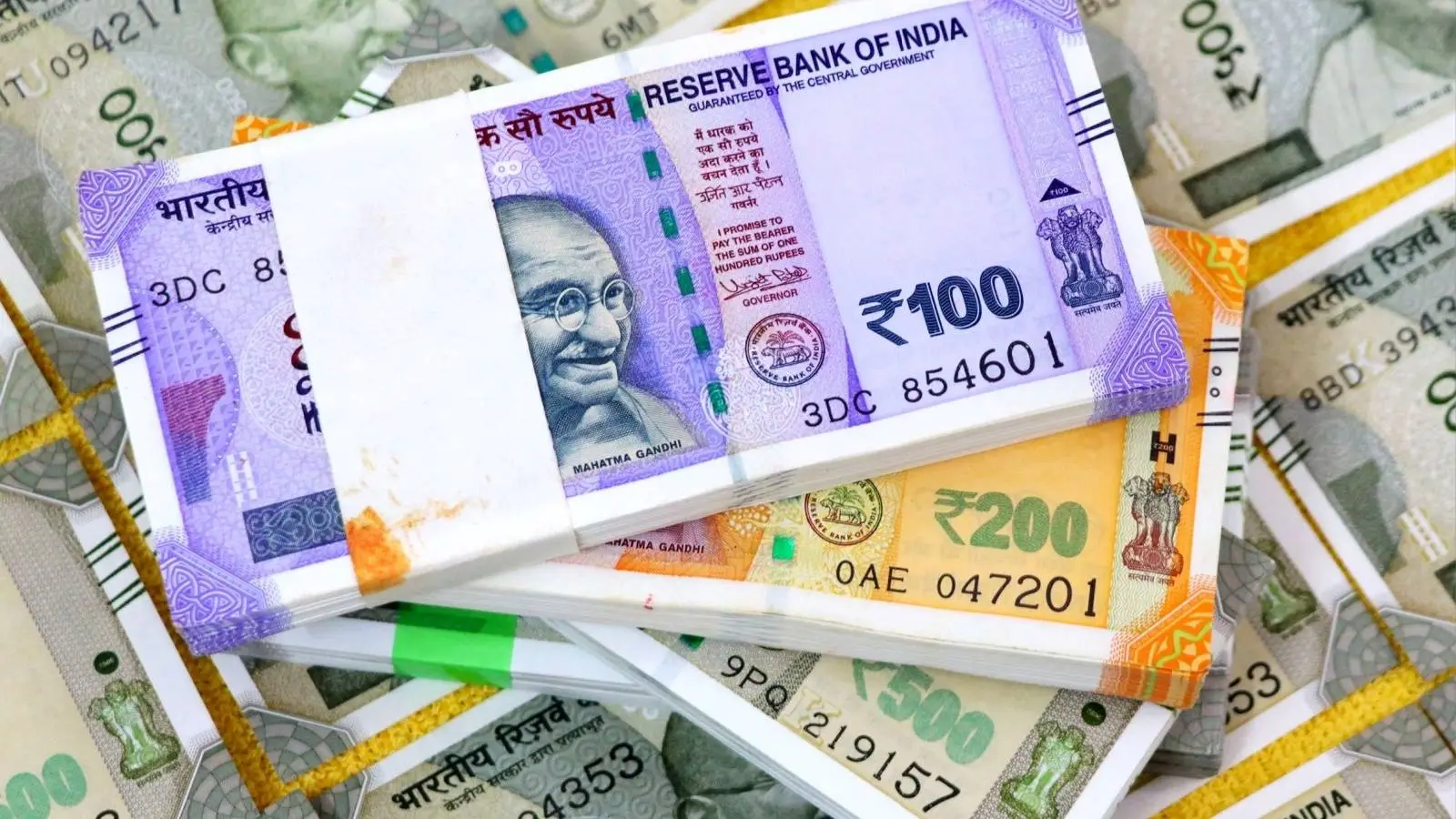Personal Finance News
What are sweep-in fixed deposits, and how do they work?
.png)
3 min read | Updated on July 08, 2025, 17:16 IST
SUMMARY
Sweep-in fixed deposits (FDs) offer the same liquidity as savings or current bank accounts, with the added benefit of high interest rates of FDs. It provides for efficient management of funds during financial emergencies without any additional charges.

Account holders can link one or more savings or current accounts to their sweep-in FD account.
Even with multiple options in the market, fixed deposits (FDs) remain one of the most popular choices for Indians.
In FDs, customers deposit a lump sum for a fixed tenure and receive a predetermined interest rate. To keep up with varied consumer needs, leading banks now offer multiple types of FDs, such as tax-saving FDs, sweep-in FDs and more.
What is a sweep-in FD?
A sweep-in FD is linked to a savings or a current bank account. In a sweep-in FD, any excess funds are automatically transferred to your savings/current account when the balance exceeds a predetermined threshold. Similarly, when the balance in the savings/current account falls below a certain limit, the required amount is transferred back to your account from the FD automatically.
A sweep-in FD is quite similar to a regular FD, but with the added benefit of withdrawing funds from the FD without breaking it. In a financial emergency, the account holder can use funds from the FD account without dissolving it. The account holder can link one or more savings or current accounts to the FD account.
Features and benefits of Sweep-in FD
Customers can manage their finances better without worrying about additional charges, bounced cheque penalties, overdraft fees, or charges that are applied for not paying EMIs. In case of a shortage, the deficit amount is transferred to the account from the FD, eliminating the need to manage these things actively.
With the sweep-in feature, account holders don’t have to break their FDs and lose out on the benefits. Their FDs will remain intact, and they will continue earning interest on their deposits.
As long as the desired amount stays in sweep-in FD, it keeps on gaining interest at the pre-fixed rate. Account holders can earn interest on surplus funds, which is usually higher than their savings accounts interest rate.
How does it work?
In case of an emergency, the deficit amount gets transferred to linked bank accounts, and the remaining amount continues to earn the same interest.
For instance, if a customer falls short on their EMI payment by ₹5,000, at the time when the bank receives the EMI request, it automatically transfers ₹5,000 from the user’s FD to their savings or current account to ensure that the transaction is successful. The remaining amount in the FD account will continue to earn interest at the rate fixed while booking the sweep-in FD.
Eligibility criteria
Generally, to be eligible for sweep-in FDs, customers need to either have a regular FD account with a minimum deposit amount or a premium savings account with a specified minimum balance.
The minimum deposit amount to be eligible for the sweep-in facility is usually ₹25,000, while for a premium account, the minimum quarterly average balance can range from ₹25,000 to ₹1,00,000. The eligibility criteria vary from bank to bank. Banks and financial institutions may have their own terms and conditions for sweep-in FDs, so it's recommended to check with your bank before choosing one.
Generally, regular FDs can only be linked to one account, but sweep-in FDs can be linked to multiple accounts. If you want to invest in an FD but with protection from additional charges or penalties, and without the risk of breaking it, a sweep-in FD could be the right choice for you.
Related News
By signing up you agree to Upstox’s Terms & Conditions
About The Author
Next Story



